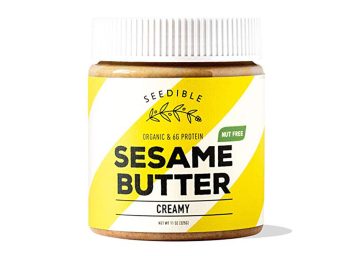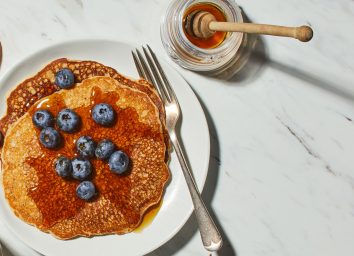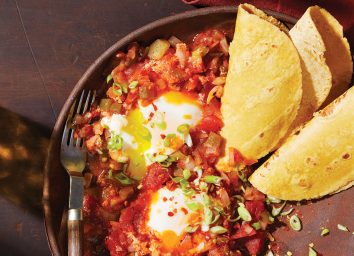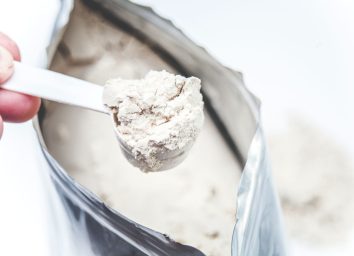The Real Difference Between Complete vs. Incomplete Proteins
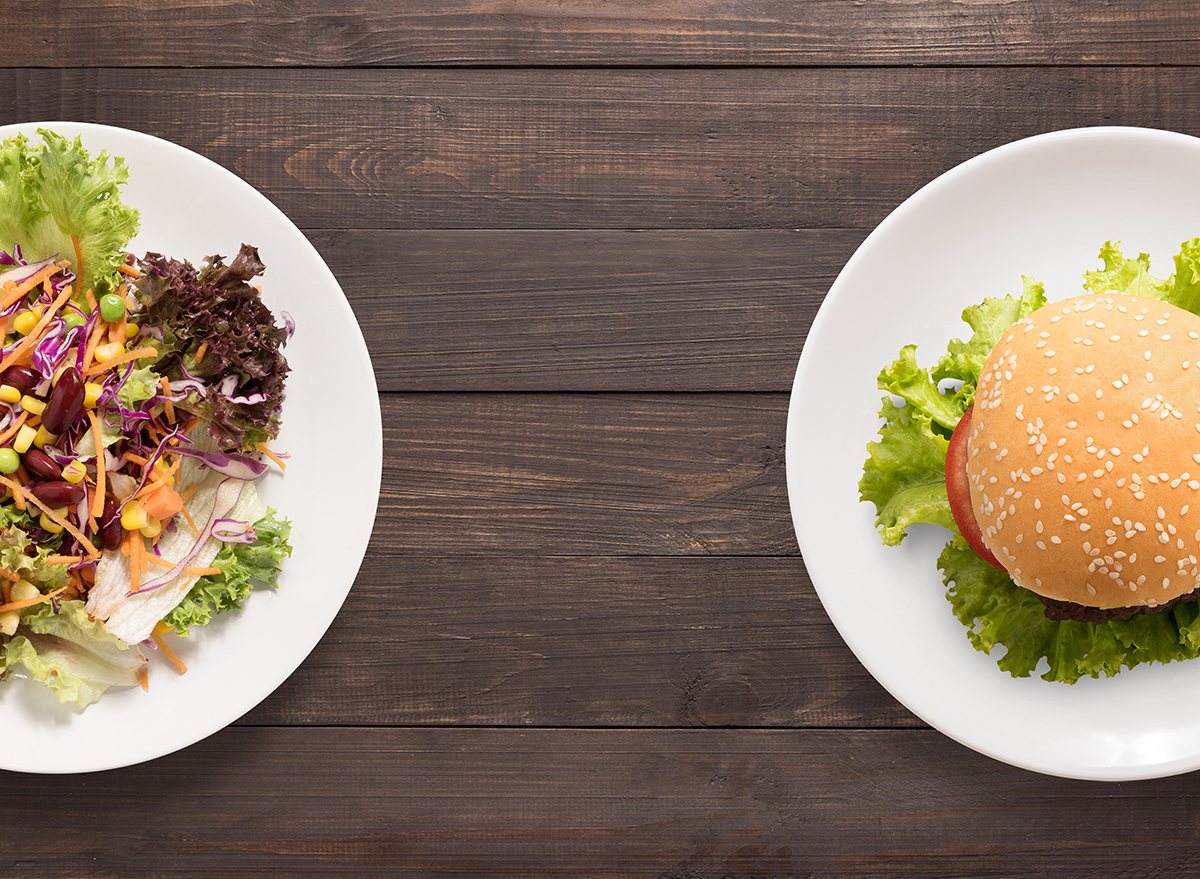
Protein is an essential part of everyone's diet, and the amount that each person needs each day is respective to body weight, activity level, age, and even gender. However, did you know there is such a thing as a complete and incomplete protein?
To explain the difference between a complete and incomplete protein, we consulted Sydney Greene, MS, RD, and Lauren Hoover, RD, MS at SHIFT.
Complete vs. incomplete protein
The key difference lies within the number of amino acids the food contains.
"Amino acids, which are the building blocks of proteins, can be made in the body and obtained from food. There are nine out of the 20 amino acids that we cannot synthesize in our body, so we must get them from food," says Greene.
These nine amino acids are referred to as essential amino acids, which Hoover says includes: Histidine, Isoleucine, Leucine, Lysine, Methionine, Phenylalanine, Threonine, Tryptophan, and Valine. The other 11 amino acids are naturally produced by the body, and therefore are classified as nonessential.
"A food is considered an incomplete protein if it does not contain all nine of these essential amino acids or if the ratios of the amino acids within the food are not adequate," says Greene.
So in order for a food to be considered a complete protein, it must contain all nine amino acids.
What are some examples of each kind of protein?
"Most plant sources of proteins are going to be incomplete," says Hoover.
Incomplete protein examples:
- Black beans
- Chia seeds
- Lentils
- Almonds
- Brussels sprouts
The exceptions are soy and quinoa, as they both contain all nine essential amino acids.
"Any animal product is a complete protein, so examples of single-source complete proteins include meat, dairy, eggs, and fish," she says.
Complete protein examples:
- Beef
- Cheese
- Yogurt
- Salmon
- Pork
- Chicken
- Turkey
Examples of vegan/plant-based complete proteins:
- Edamame
- Tofu
- Quinoa
Do vegetarians and vegans get enough complete proteins in their diet?
Because neither vegetarians or vegans eat meat, there is a concern that both groups aren't getting enough complete proteins in their diet. However, Greene assures that as long as you eat a balanced diet full of whole grains, nuts, seeds, lentils, and vegetables, you will innately make a combination of a complete protein. For example, you can pair two incomplete proteins such as 100 percent whole-grain bread with two tablespoons of peanut butter to create a complete protein meal. Beans with brown rice and hummus with vegetables are two other such combinations.
"You also do not need to consume complete proteins at every meal. As long as you are including the foods mentioned above throughout your day, your body will be getting doses of amino acids all day long," says Greene.
Now, does that clear up the confusion between what's considered a complete and incomplete protein?
